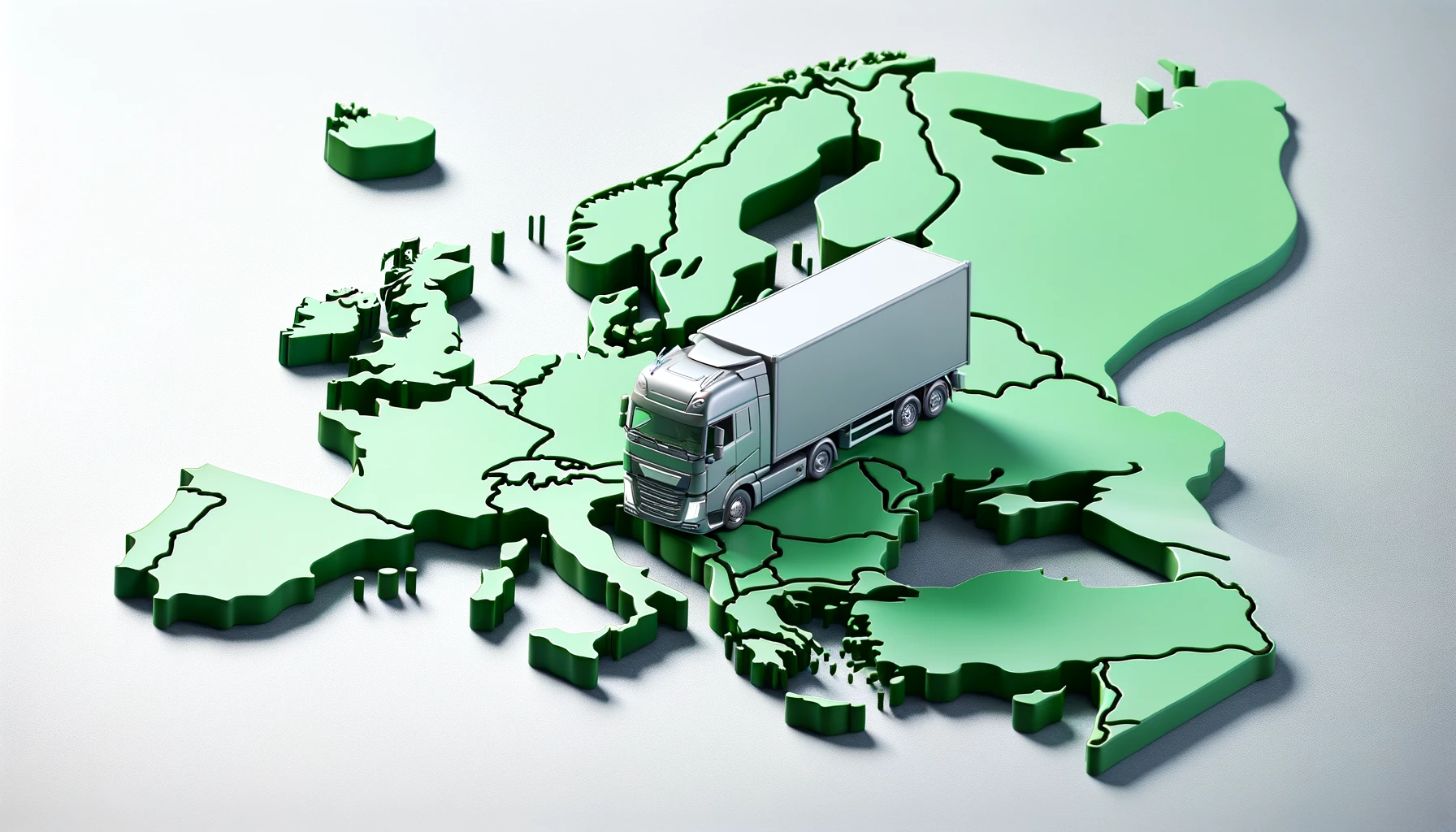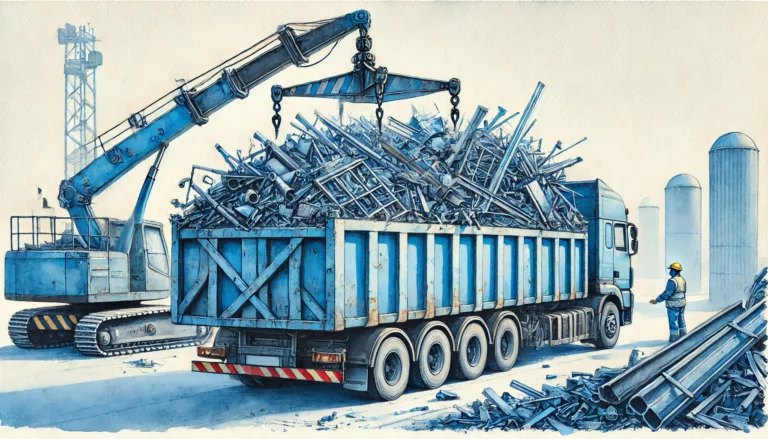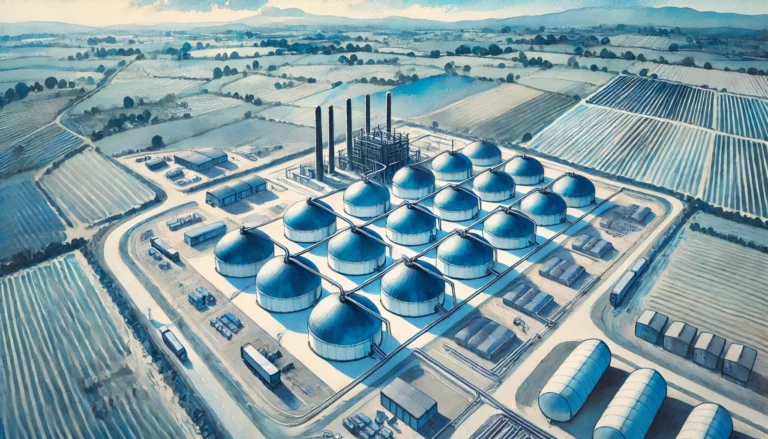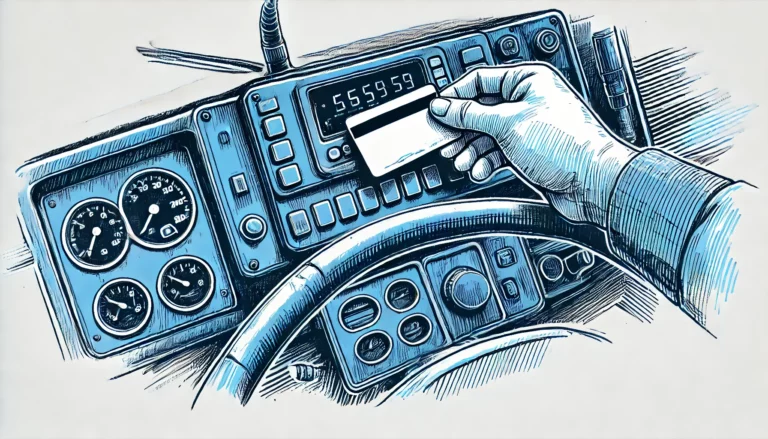Things you didn’t know about waste transport in Europe
When it comes to environmental management, waste shipment might not be the first topic that springs to mind, yet it plays a pivotal role in how Europe handles its waste efficiently and sustainably. This article explores some surprising facets of the waste transport sector across Europe, revealing innovative practices, key regulatory impacts, and how these factors influence the continent’s environmental footprint.
The scope of waste transport in Europe
The European continent is active in the movement of millions of tons of waste across its borders every year. From municipal solid waste to hazardous materials, the scale of transport is vast and complex. In 2019, the European Environment Agency reported that approximately 100 million tons of waste were shipped between EU countries.
Waste transport is not just about disposal; it’s also about finding the right facilities for recycling and recovery. Germany, for example, is one of the largest exporters of waste, owing to its robust recycling facilities that attract waste from other EU countries. Conversely, countries like Italy and France are significant importers, sending their excess waste to nations with the capacity to process it more effectively.
Innovative waste transport methods
Europe has been at the forefront of integrating advanced technologies into waste management. GPS tracking, automated systems, and sophisticated logistic software are becoming standard tools for ensuring that waste transport is as efficient and minimal in environmental impact as possible.
Furthermore, some European countries are experimenting with greener transport options. For instance, the use of electric and hybrid vehicles for transporting waste is on the rise, particularly in urban areas where reducing emissions is a priority. These initiatives not only help reduce the carbon footprint of waste transport but also set a precedent for other sectors looking to green their operations.
Regulatory framework governing waste management and transport
- Waste Framework Directive (2008/98/EC): This directive provides the overarching legislative framework for the collection, transport, recovery, and disposal of waste. It introduces important concepts like “waste hierarchy,” which prioritizes prevention, re-use, recycling, and other recovery operations over disposal.
- Landfill Directive (1999/31/EC): This directive aims to prevent or reduce the adverse effects of landfilling waste on the environment, particularly the pollution of surface water, groundwater, soil, and air. It also includes measures on the landfill of waste and sets targets for the reduction of biodegradable waste disposed of in landfills.
- Waste Shipment Regulation (EC No 1013/2006): This regulation controls the shipment of waste within, into, and out of the European Union. It ensures that waste is handled in an environmentally sound manner, especially when it crosses borders. The regulation sets detailed tracking and notification requirements for different types of waste, classifying them into green-listed (non-hazardous), amber-listed (hazardous but less dangerous), and red-listed (most hazardous).
- Packaging and Packaging Waste Directive (94/62/EC): This directive addresses the impact of packaging and packaging waste on the environment by introducing recovery and recycling targets for packaging materials. It also encourages the minimization of packaging waste and the promotion of recycling, re-use, and other forms of recovery.
- Batteries Directive (2006/66/EC): This directive governs the manufacture, placement on the market, and disposal of batteries and accumulators in the EU to minimize their impact on the environment. It includes provisions on the prohibition of certain hazardous substances in batteries and the collection, recycling, and disposal of batteries.
Challenges in waste shipment across borders
Transporting waste across European borders is not without its challenges. Logistical issues such as varying regional regulations, language barriers, and differing documentation requirements can complicate the transport process. These obstacles often cause delays and increase costs.
Case studies from the border regions of Poland and Germany highlight frequent disputes regarding waste quality and classification, which can lead to significant legal and operational challenges. Resolving these disputes requires robust communication and cooperation between nations, underpinned by clear EU-wide regulations.
Environmental impact of waste transport
The environmental impact of transporting waste is significant. Moving waste over long distances generates considerable carbon emissions. To combat this, the EU encourages its member states to adopt the principle of proximity, aiming to treat waste as close to its source as possible.
Innovative practices such as the use of LNG (liquefied natural gas) trucks for long-haul transport are reducing the carbon footprint of this sector. Such changes are crucial for meeting the EU’s ambitious climate targets.
Economic aspects of waste shipment
Transporting waste is not just an environmental concern but also an economic one. Efficient transport systems can lead to significant cost savings, particularly when it comes to the construction and operation of local recycling centers versus long-distance transport costs.
Statistics show that optimizing routes and reducing unnecessary journeys can save up to 20% of total transport costs. These savings are critical for maintaining the economic viability of waste management systems across Europe.
Case studies
Successful examples include the Scandinavian countries, which have developed highly efficient waste shipment networks that integrate sea, road, and rail transport seamlessly. These networks are complemented by state-of-the-art waste processing facilities that maximize waste recovery and minimize environmental impact.
These case studies not only demonstrate effective logistics but also highlight the benefits of regulatory coherence and technological innovation in managing waste transport.
Future trends in waste shipment
Looking ahead, the trends in waste shipment across Europe are set to lean heavily on technological innovation and stricter environmental regulations. With the rise of smart cities, we can anticipate more integrated and intelligent waste management solutions that further reduce the environmental footprint of this essential service.
The continued emphasis on sustainability will likely drive further innovations in vehicle technology, waste sorting, and route optimization to ensure that Europe remains at the forefront of efficient and sustainable waste management.
Did you know…
- …that Europe handles the shipment of an astonishing volume of waste annually? In 2020, just the sectors of waste and water services along with households generated over 400 million tonnes of waste.
- …that Europe is pioneering in adopting greener technologies for waste transport? Increasingly, electric and hybrid vehicles are being used especially in urban areas, significantly reducing carbon emissions and enhancing urban sustainability.
- …about the strict regulations Europe enforces on waste transport? The new Waste Shipments Regulation, coming into effect in May 2024, will tighten the rules on plastic waste export, including a ban on certain types of plastic waste exports to non-OECD countries by November 2026.
- …that optimizing waste transport routes can lead to major cost savings? Efficient logistics can reduce transport costs by up to 20%, helping maintain the economic sustainability of waste management systems across Europe.
- …about the challenges and future directions in European waste transport? Cross-border transportation of waste faces hurdles such as varying national regulations. Future advancements are likely to include further technological integrations to improve efficiency and reduce environmental impacts.







